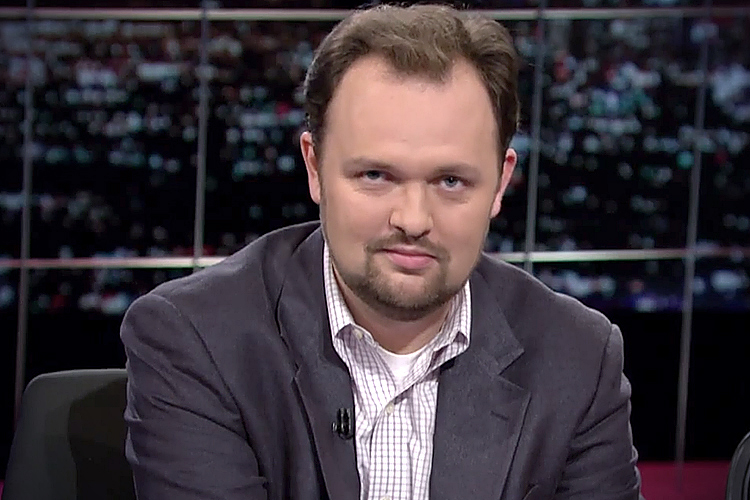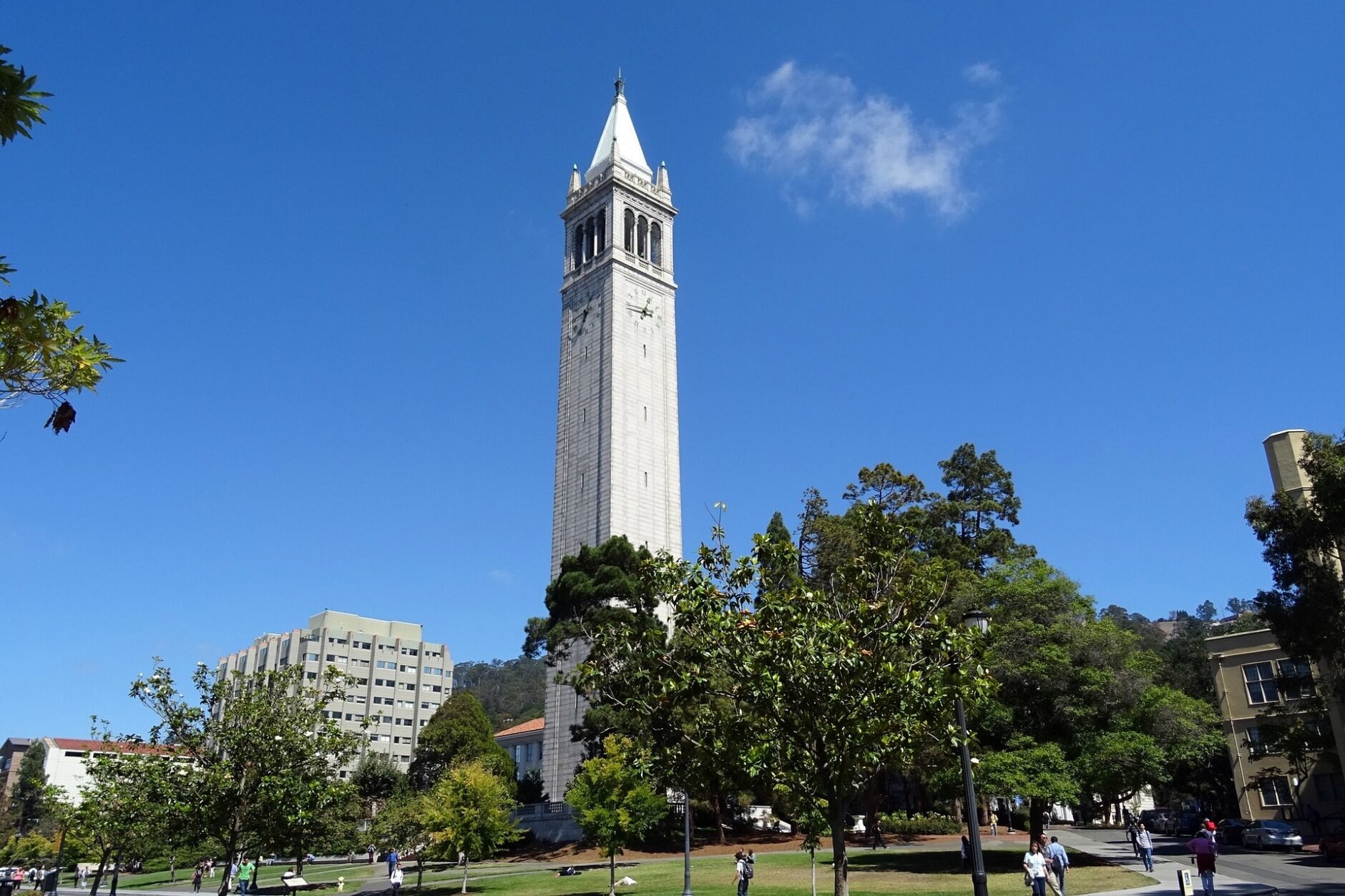
Ross Douthat
Dear Commons Community,
The New York Times columnist, Ross Douthat, has an interesting piece today asking the question: “Will the Ukraine War end the age of populism?” His main theme is:
“Putin’s war has struck two blows against populism, one direct and one indirect. First, there is the embarrassment involved for every populist leader, European or American, who has either offered kind words for Putin or at least held him up as an adversary whose statecraft runs circles around our own incompetent elites. Such flirtations have now largely ended in backpedaling and reversal, forcing populists to choose between self-marginalization or a shameless pivot..
“..The [second] more damaging blow, though, is the indirect one, the way the Ukraine invasion has revealed how uncertain and at sea the populist instinct becomes when it’s confronted with an adversary that doesn’t fit easily into its focus on internal Western corruption, its narratives of elite perfidy and folly.
This uncertainty isn’t confined to right-populists alone; rather, you see it among anti-establishment voices of all stripes at the moment — the left-wing gadflies who didn’t expect the Ukraine invasion because they did not expect Western intelligence to ever get something right, the critics of U.S. power who didn’t expect Ukrainian resilience because they assumed that any regime backed by our foreign policy elites would be too hapless to survive, the media personalities casting about for narratives that fit populist preconceptions because the bigger picture of Putinist aggression and Western unity does not.”
Douthat makes several other important observations in his column (reprinted below). His conclusion which you have to read carefully is:
“Last week, for instance, the Russia scholar Stephen Kotkin told The New Yorker’s David Remnick that Putin’s invasion disproves “all the nonsense about how the West is decadent, the West is over, the West is in decline, how it’s a multipolar world and the rise of China.” With the West rallying to a resilient Ukraine, “all of that turned out to be bunk.”
What was bunk was the idea that Putin’s Russia represents some kind of efficient postliberal or traditionalist alternative to the problems of the West, and one whose military could simply steamroller Eastern Europe. But all those Western problems remain: American power is in relative decline, China’s power has dramatically increased, and none of what I, as a self-appointed expert on the subject, would classify as the key problems of American decadence — demographic decline, economic disappointment and stagnation, a social fabric increasingly shadowed by drugs and depression and suicide — have somehow gone away just because Moscow’s military is failing outside Kyiv.
Since those problems are crucial to understanding where populism came from in the first place, it’s reckless for liberals to declare victory based on shifts in the international order while simply waving domestic discontents away. Populism’s poor fit for this particular moment has given an opportunity to its enemies and critics. But they will squander the opportunity if they convince themselves that the external challenge has somehow made the internal crisis go away.”
Tony
—————————————————————————–
The New York Times
Will the Ukraine War End the Age of Populism?
March 16, 2022
By Ross Douthat
If the past 10 years of Western history have featured an extended wrestling match between populism and liberalism, Vladimir Putin’s invasion of Ukraine has inspired many liberals to hopefully declare the contest over, their opponent pinned.
And with some reason. Putin’s war has struck two blows against populism, one direct and one indirect. First, there is the embarrassment involved for every populist leader, European or American, who has either offered kind words for Putin or at least held him up as an adversary whose statecraft runs circles around our own incompetent elites. Such flirtations have now largely ended in backpedaling and reversal, forcing populists to choose between self-marginalization or a shameless pivot. Which is to say: Don’t be surprised if Donald Trump somehow evolves into the biggest Russia hawk you’ve ever seen come 2024.
The more damaging blow, though, is the indirect one, the way the Ukraine invasion has revealed how uncertain and at sea the populist instinct becomes when it’s confronted with an adversary that doesn’t fit easily into its focus on internal Western corruption, its narratives of elite perfidy and folly.
This uncertainty isn’t confined to right-populists alone; rather, you see it among anti-establishment voices of all stripes at the moment — the left-wing gadflies who didn’t expect the Ukraine invasion because they did not expect Western intelligence to ever get something right, the critics of U.S. power who didn’t expect Ukrainian resilience because they assumed that any regime backed by our foreign policy elites would be too hapless to survive, the media personalities casting about for narratives that fit populist preconceptions because the bigger picture of Putinist aggression and Western unity does not.
Amid all this flailing, the Republican Party, the main vehicle for populism, seems to be returning to its pre-Trump instincts. Throughout Trump’s presidency there was a basic uncertainty about what populism stands for in foreign policy. Retrenchment and isolationism or a new Cold War with China? Leaving NATO entirely versus strengthening the alliance by forcing its members to pay up? Fighting fewer wars or taking the gloves off? Pat Buchanan or John Bolton?
Now, though, if you look at polls of Republican voters or listen to G.O.P. politicians, what you see is mostly a reversion to straightforward hawkishness, to a view that the Biden White House probably isn’t being confrontational enough — which is to say, to where the party stood before the Trump rebellion happened.
But in that reversion you can also see one of the difficulties with assuming that if populism is floundering, liberalism must be the beneficiary. After all, Bolton is hardly a champion of liberal internationalism, and the return of Republican hawkishness is mostly a revival of old-fashioned American nationalism — working against populism, this time, rather than the two forces pulling the same way.
And what’s true within the G.O.P. is true more generally. The Ukrainian fighters everyone so admires are clearly fighting more for nationalism than for liberalism, and some aren’t fighting for liberal ideals at all. The European country arguably doing the most to assist them is Poland, until yesterday the bête noire of Western liberalism for its nationalist and socially conservative government. The sudden sense of Western unity seems very, well, Western; it’s not a global coalition confronting Putin so much as a Euro-American one, infused with more than a little of the civilizational chauvinism that liberalism aspires to stand above.
In the American media, too, it’s centrist jingoism rather than liberal cosmopolitanism that seems ascendant at the moment — the wave of Russophobic cancellations; the sudden “America: Love or leave it” enthusiasms of daytime TV personalities; the zeal for military escalation, nuclear peril be damned, among supposedly responsible figures who once led the opposition to Trumpism.
None of this should be surprising: It’s always been the case that a liberal society depends for unity and vigor on not entirely liberal forces — religious piety, nationalist pride, a sense of providential mission, a certain degree of ethnic solidarity and, of course, the fear of some external adversary. Liberalism at its best works to guide and channel these forces; liberalism at its worst veers between ignoring them and being overwhelmed by them.
Among the optimistic liberals of the current moment, you can see how that veering happens. “A Russian defeat will make possible a ‘new birth of freedom,’” Francis Fukuyama wrote last week, “and get us out of our funk about the declining state of global democracy. The spirit of 1989 will live on.” Following up in an interview with The Washington Post’s Greg Sargent, Fukuyama framed the current moment as an opportunity for Westerners and Americans to choose liberalism anew, out of a recognition that the nationalist alternative is “pretty awful.”
But one of the key lessons of recent years is that the spirit of 1989 was itself as much a spirit of revived Eastern European nationalism as of liberalism alone. Which is one reason countries like Poland and Hungary have sorely disappointed liberals in their subsequent development … up until now, of course, when Polish nationalism is suddenly a crucial bulwark for the liberal democratic West.
So liberals watching the floundering of populism need a balanced understanding of their own position, their dependence on nationalism and particularism and even chauvinism, their obligation to sift those forces so that the good (admiration for the patriotism of Ukrainians and the heroic masculinity of Volodymyr Zelensky) outweighs the bad (boycotts of a Russian piano prodigy, a rush toward nuclear war).
And they also need to avoid the delusion that Putin’s wicked and incompetent invasion means that all complaints about the West’s internal problems can safely be dismissed as empty, false, self-hating.
Last week, for instance, the Russia scholar Stephen Kotkin told The New Yorker’s David Remnick that Putin’s invasion disproves “all the nonsense about how the West is decadent, the West is over, the West is in decline, how it’s a multipolar world and the rise of China.” With the West rallying to a resilient Ukraine, “all of that turned out to be bunk.”
What was bunk was the idea that Putin’s Russia represents some kind of efficient postliberal or traditionalist alternative to the problems of the West, and one whose military could simply steamroller Eastern Europe. But all those Western problems remain: American power is in relative decline, China’s power has dramatically increased, and none of what I, as a self-appointed expert on the subject, would classify as the key problems of American decadence — demographic decline, economic disappointment and stagnation, a social fabric increasingly shadowed by drugs and depression and suicide — have somehow gone away just because Moscow’s military is failing outside Kyiv.
Since those problems are crucial to understanding where populism came from in the first place, it’s reckless for liberals to declare victory based on shifts in the international order while simply waving domestic discontents away. Populism’s poor fit for this particular moment has given an opportunity to its enemies and critics. But they will squander the opportunity if they convince themselves that the external challenge has somehow made the internal crisis go away.










